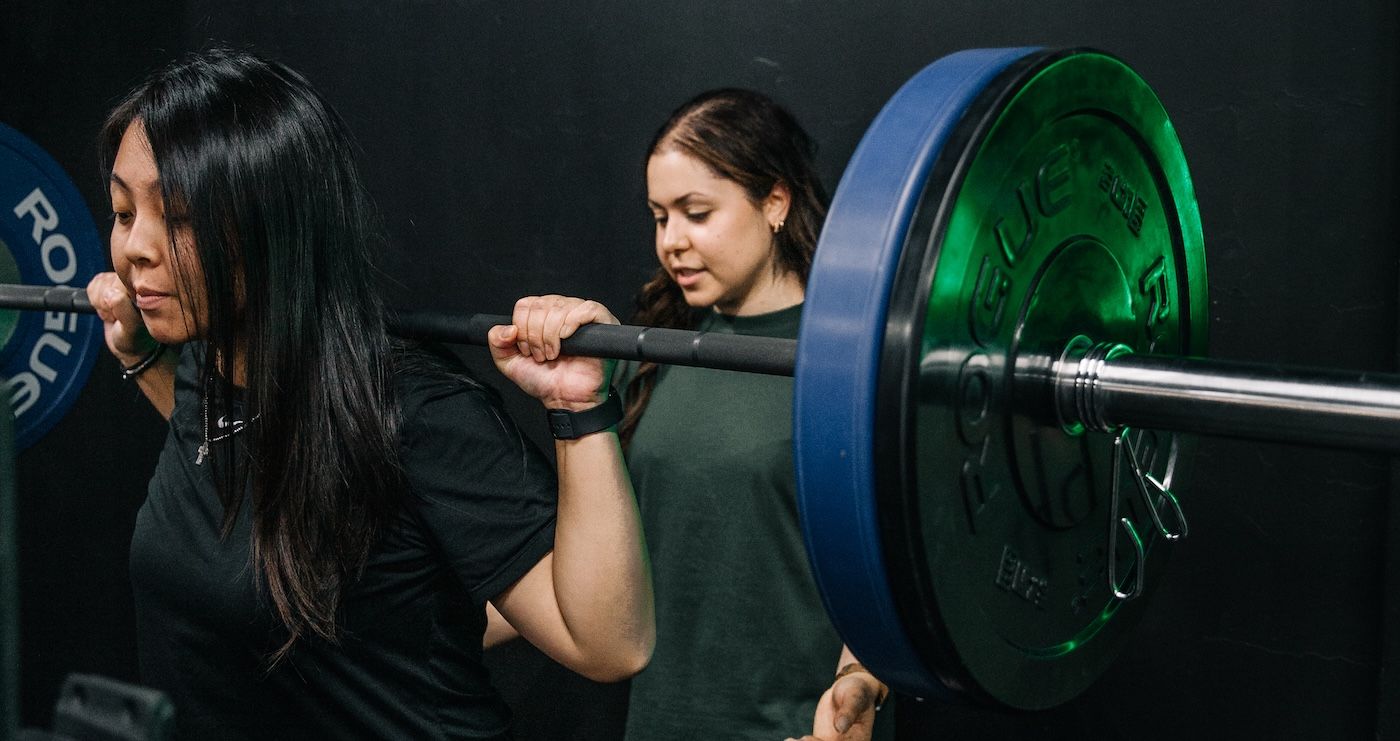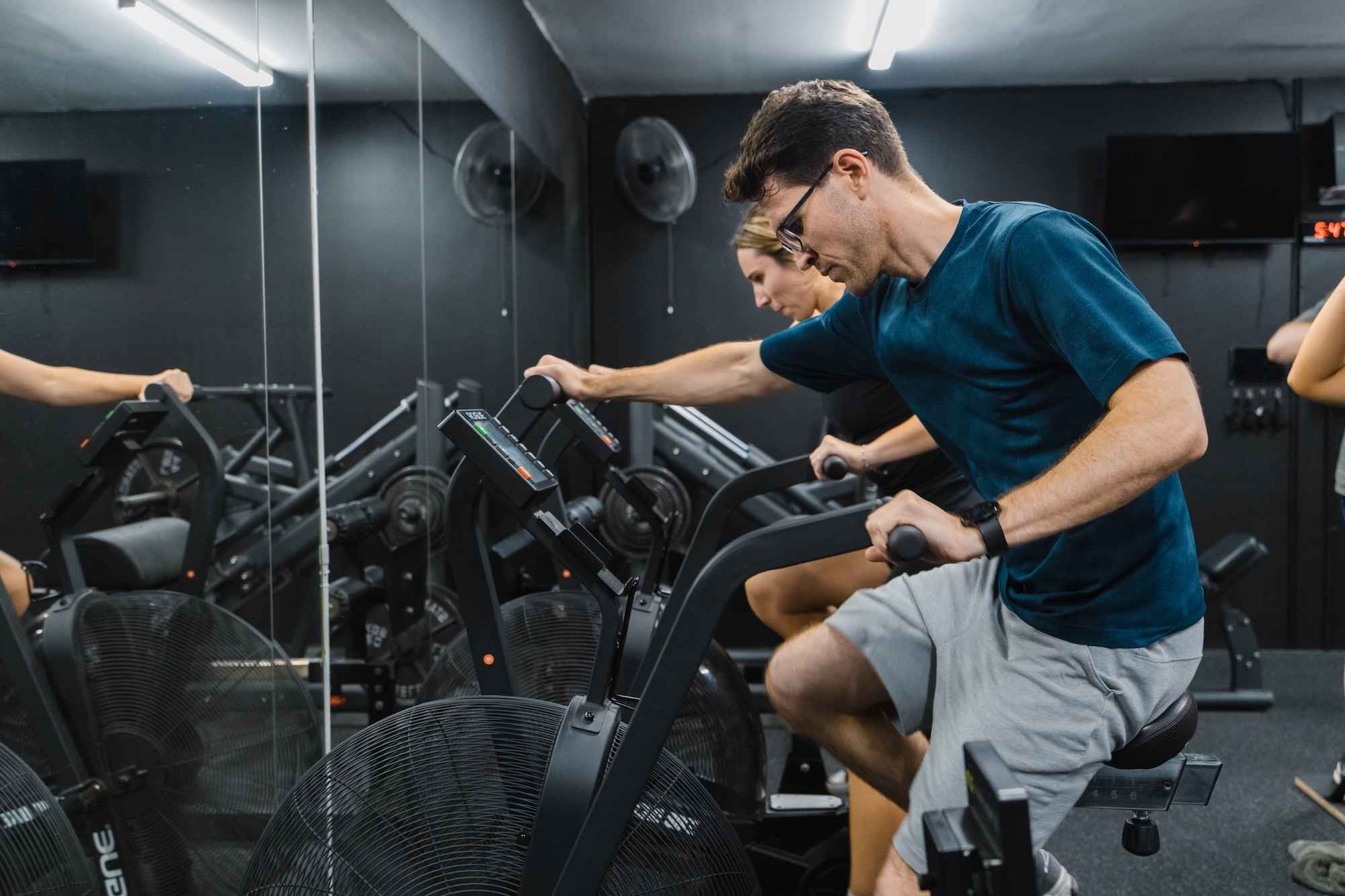Benefits of Physical Activity, Fitness and Exercise That Will Make You Want To Move More
Physical activity is any bodily movement produced by skeletal muscles that require energy expenditure (1). Whereas exercise is a subcategory of physical activity that is planned, structured, and repetitive for the purpose of conditioning any part of the body. Exercise has many benefits: it is used to improve health, maintain fitness and is important as a means of physical rehabilitation (2).
There’s a lot of evidence that shows the benefits of regular exercise and physical activity are associated with a longer health span (3), and has a positive impact on physical and mental health. More specifically, exercise can:
- Increase muscular endurance and strength
- Improve your ability to perform daily activities such as walking up the stairs or playing with your kids
- Improve your ability to do activity such as walking, running, or playing sports for longer
- Improve bone health by preventing brittle bones and bone density loss that comes with ageing. The average person loses approximately 3–5% of their bone density every 10 years (4)
- Reduce the risk of chronic disease, bone and joint disorders, hypertension (high blood pressure), obesity, diabetes stroke, and various types of cancer
- Improve mental health and reduce the risk of anxiety and depression
- Improve balance and reduce the risk of falls and bone fractures (5)
- Help maintain a healthy body weight along with good nutrition
- Help with sleep by taking less time to fall asleep and improved sleep quality (5)
- Improve brain function and reduce the risk of dementia, as physical exercise has direct effects on brain health by altering mechanisms of neuronal plasticity involved with learning and memory (6)
- Improve overall quality of life and well-being
How much exercise should you do?
Physical activity and exercise guidelines suggest that adults should be active most days, preferably every day. Each week, adults should do:
- 2.5 to 5 hours of moderate intensity physical activity – such as a brisk walk, golf, mowing the lawn or swimming, or
- 1.25 to 2.5 hours of vigorous intensity physical activity – such as jogging, aerobics, fast cycling, soccer or netball, or
- an equivalent combination of moderate and vigorous activities, and
- include muscle-strengthening activities or resistance training at least 2 days each week
Tips to add regular exercise into your daily routine
Doing any physical activity or exercise is better than doing none. If you’re not doing anything now, start by doing some, then slowly build up.
You can start by making small changes to your daily routine, and these will compound over time to make a difference. For example, you could:
- Do exercise that you enjoy, e.g. if you enjoy the weight training then don’t force yourself to run on the treadmill
- Schedule in a regular time for exercise or a walk and make it non-negotiable
- Make it easy to exercise! E.g. leave your exercise equipment where you can see it
- Get a training partner to keep you motivated
- Use the stairs instead of the lift or escalator
- Get off the train or bus one stop earlier and walk the rest of the way
- Do a big grocery shop (introducing the Farmer’s carry))
- Go for a walk around the block on your lunch break
- Get a Personal Trainer who can teach you how to exercise, write you a program and keep you accountable
References
- World Health Organisation. (2020, November 26). Physical activity. Retrieved from World Health Organisation: https://www.who.int/news-room/fact-sheets/detail/physical-activity
- Elmagd, M. A. (2016). Benefits, need and importance of daily exercise. International Journal of Physical Education, Sports and Health , 22-27.
- Ruegsegger, G. N., & Booth, F. W. (2018). Health Benefits of Exercise. Cold Spring Harbour Perspective in Medicine.
- O’Flaherty, E. J. (2000). Modeling Normal Aging Bone Loss, with Consideration of Bone Loss in Osteoporosis. Toxicological Sciences, 171-188.
- U.S. Department of Health and Human Services. (2018). Physical Activity Guidelines for Americans, 2nd Edition.
- Cotman, C. W., & Berchtold, N. C. (2002). Exercise: a behavioral intervention to enhance brain health and plasticity. Trends Neurosci, 295-301.

